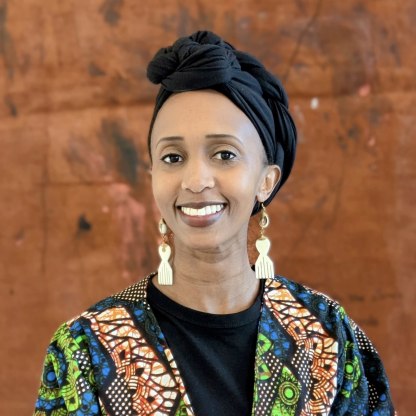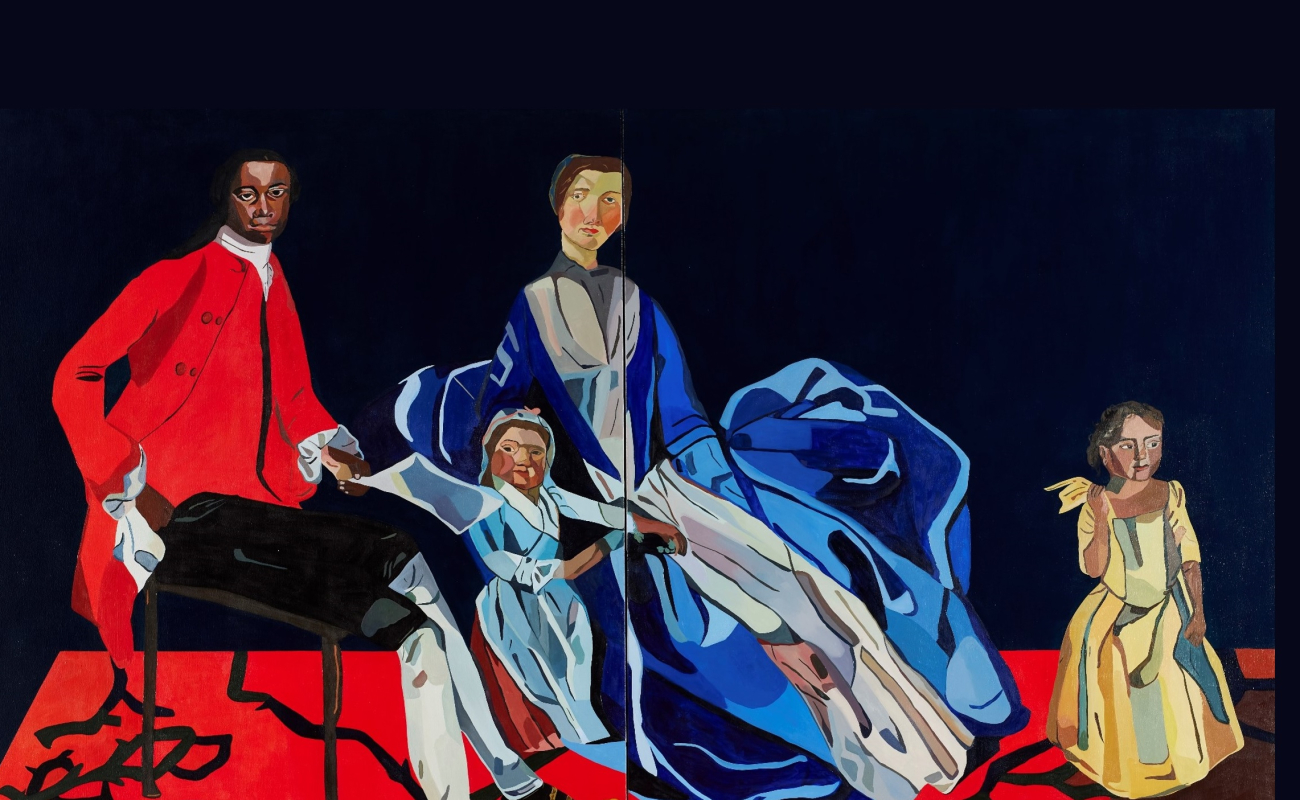About your visit
How do I book a ticket?
Save time on arrival and pre-book your ticket through our website. If you do not have a pre-booked ticket, you are still welcome to visit! You just need to grab one at the Courtyard Entrance upon your arrival.
Can I get tickets on the day?
Yes. Tickets to the exhibition will be available to collect on the day, and when you arrive at the Museum.
How many tickets can I book at once?
You can book a maximum of 15 tickets in one transaction. For groups larger than 15, please contact our Events team: events@fitzmuseum.cam.ac.uk
What are the exhibition opening times and when is last admission?
The exhibition is open during normal Museum opening hours. We're open Tuesday - Saturday: 10:00 - 17:00. Sundays and Bank Holidays: 12:00 - 17:00. The last ticketed timeslot will be 16:15.
Can I take photographs in the exhibition?
You can take photographs in the Museum for non-commercial, personal use only. Full details of our photography and filming policy are available on our website.
I’m a journalist that wants to come and visit the exhibition
If you have a media enquiry about the exhibition, or want to request images and footage for use in the press, please contact our Press team: press@fitzmuseum.cam.ac.uk
I'm a Friend or Marlay Group member, do I still need to book a ticket?
No. If you're a Friend of the Fitzwilliam or a member of The Marlay Group, you don't need to book a ticket, simply bring along your card on the day and scan it to enter the exhibition.
How can I join as a new member?
Visit our website https://www.fitzmuseum.cam.ac.uk/support-us for details on becoming a member of the Fitzwilliam Museum.
Can I change the date of my booked ticket?
If you're not longer able to make the date and time you booked, please contact us by email: tickets@museums.cam.ac.uk
How do I book a school visit?
For school bookings, please contact our learning team: education@fitzmuseum.cam.ac.uk
How do I enter the Museum?
You can enter the Museum via the Founder’s Entrance (step access) or the Courtyard Entrance (step-free access) where you will be greeted by a member of our welcome team.
Where can I find information about accessibility?
We provide full details on our accessibility and facilities. If you have any special access requirements, please contact us: fitzmuseum-access@cam.ac.uk or 01223 332900 and we'll be happy to help.
Will you be giving out maps?
While general Museum maps are available at both entrances, we don’t have maps specific to ‘Rise Up’. The exhibition is located in Gallery 11: The Arts of the 20th Century, Gallery 12: The Adeane and Gallery 13: Mellon Gallery Exhibitions.
What events are taking place?
We have a range of exhibition-related talks and events taking place at the Museum, you can view our what’s on programme.
I'm a member of the press, where can I find more information about exhibitions?
If you have a media enquiry about exhibitions, or want to request images and footage for use in the press, please contact our press team at press@fitzmuseum.cam.ac.uk.
Pay what you wish
Do I need to make a donation to view the exhibition?
No, entry to the Museum and our displays remains free.
Can I donate through the ‘Pay What You Wish’ scheme online?
Yes, you can donate online when you book your ticket. At the checkout, simply enter the amount you wish to pay or choose from our selection of suggested donations.
Can I donate in-person?
Yes, there are multiple cash and contactless donation points throughout the Museum including at the exhibition exit point.
Why do you have a ‘Pay What You Wish’ scheme?
We introduced the scheme because your donations are more important than ever.
Income generation through donations is vital for the delivery of all areas of our work but without your help, we can no longer continue to plan, research and produce award-winning exhibitions of this scale and importance.
What is my donation helping to fund?
Your donation will be used to help fund all areas of our work including the conservation and care of our collection, the delivery of our award-winning exhibitions, our research, learning, community and events programmes, as well as the maintenance of our Grade I listed building.
Is the Fitzwilliam Museum a registered charity?
We operate as an Institution within the University of Cambridge, which is an exempt charity in the UK, subject to regulation by the Office for Students (OfS) under the Charities Act 2011.
What is the lowest amount I can donate?
You can choose to donate as little or as much as you wish.
What do I receive for making a donation?
Your donation is a gift for charity. In return, we hope you enjoy the research, education, conservation, acquisitions, exhibitions and collections that have been made possible through your act of generosity.
The Museum and University
What do we know about the Museum and the University’s links to slavery?
The University published its preliminary report on the legacies of enslavement in Cambridge on 22 September 2022. The research indicates that the University was implicated in enslavement in a number of ways including: investment in the Atlantic slave trade; receiving benefactions based on income derived from the trade in enslaved people; educating wealthy slave estate owners’ sons; and academics whose research supported the racist proslavery movement.
Long-term income derived from the slave trade was also accrued as a result of major gifts and benefactions to some parts of collegiate Cambridge. One of these gifts was the donation that supported the foundation of the Fitzwilliam Museum in 1816. Lord Fitzwilliam’s South Sea assets had come to him from his grandfather, Matthew Decker, a governor of the South Sea Company at its inception, a director of both the Royal African Company and also of the East India Company.
The Advisory Group on the Legacies of Enslavement was created in early 2019 at the request of the then Vice-Chancellor, Professor Stephen J Toope, to enable the University to fully understand its historical links to enslavement and the slave trade, and to advise a series of recommendations.
Does the Fitzwilliam Museum continue to profit from slavery?
The original bequest used to found the Fitzwilliam Museum still financially supports the museum today.
There are some specimens and artefacts that remain within the Cambridge Museums’ (UCM) collections, including the Fitzwilliam, that arrived via routes linked to slavery. For example, objects that were collected or excavated by enslaved people, plantation owners, colonial officials and alumni and gifted to the museums.
This exhibition will feature some of these objects and intends to facilitate conversations around the legacies of empire and enslavement.
What is the Museum’s position on reparations?
It is important to recognise that or restorative justice needs also to be educational, cultural and technological. We are committed to an open and responsive approach to questions around the future care, circulation, and destination of objects and artworks in our collection and to working collaboratively locally and internationally to create opportunities to repair the national and global legacies of enslavement and empire.
What is the Museum’s position on anti-racism?
We are committed to being an anti-racist organisation and we recognise the systemic inequalities and injustices that exist due to the complex histories we explore here at the Museum. We seek to be actively anti-racist in actions, not just in words. We proactively identify and address inequalities, challenge discriminatory practice and embed principles of anti-racism across the organisation. We pledge that our exhibitions and displays, collections and acquisitions, learning and event programmes, research initiatives and communications will reflect and promote equity, diversity and anti-racism, and ensure access for all.
The Exhibition
What does 'Rise Up' refer to?
'Rise Up' refers to the struggle to abolish Trans-Atlantic slavery. It is this period of history and its links to the University and Cambridgeshire that are examined in the exhibition.
How will the Museum be supporting visitors who may feel overwhelmed or triggered by this subject matter?
There is a content notice at the start of the exhibition, and a reflection space at the end which gives visitors the opportunity to explore, create, read, learn and reflect after viewing the exhibition. We have also scheduled ‘listening salon’ events designed to facilitate dialogues and centre key themes in the exhibition.
How will you continue to explore this history after the exhibition ends?
We are committed to building a more equitable and inclusive world and will continue to work towards achieving this goal across every part of our organisation but particularly through our interpretation, exhibitions, programmes, and community engagement initiatives.
Who is this exhibition for? Is it suitable for children?
The exhibition is for everyone. We all live with the consequences of transatlantic slavery, and we cannot understand today’s world or the legacies of structural racism and inequalities without knowledge of it.
Are you displaying racist objects and artworks in the exhibition? If so why?
There are a small number of historic artworks in the exhibition which show racist depictions of people of African descent. Such objects reveal how attitudes of prejudice towards Black people were shaped and reinforced within society, during and following the abolition of transatlantic slavery.



.png?key=exhibition)




